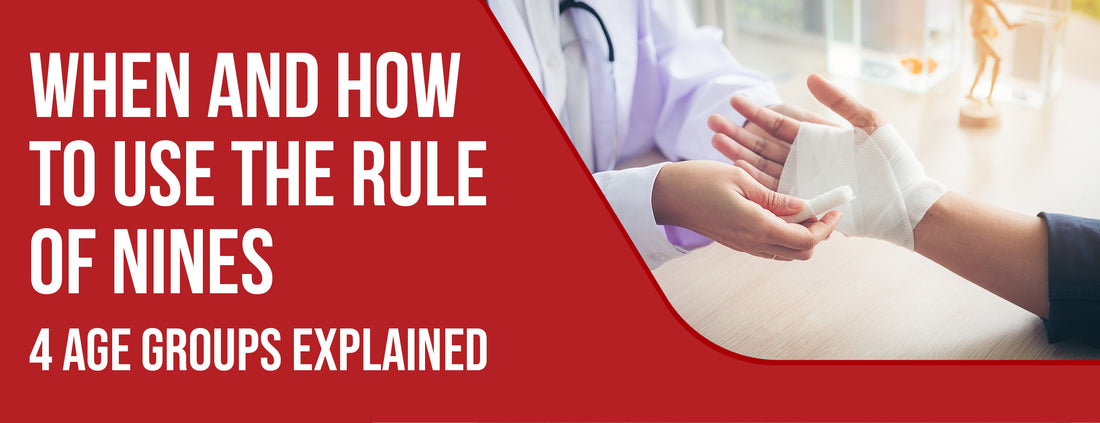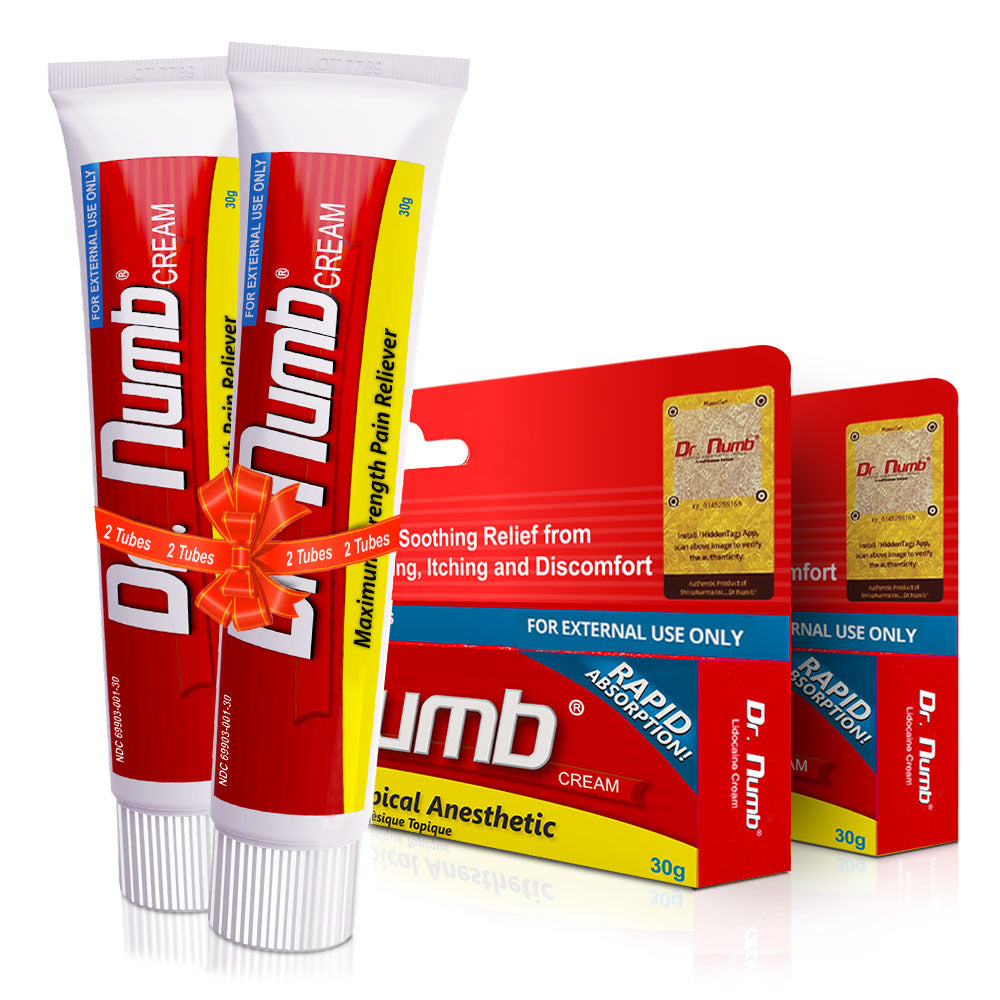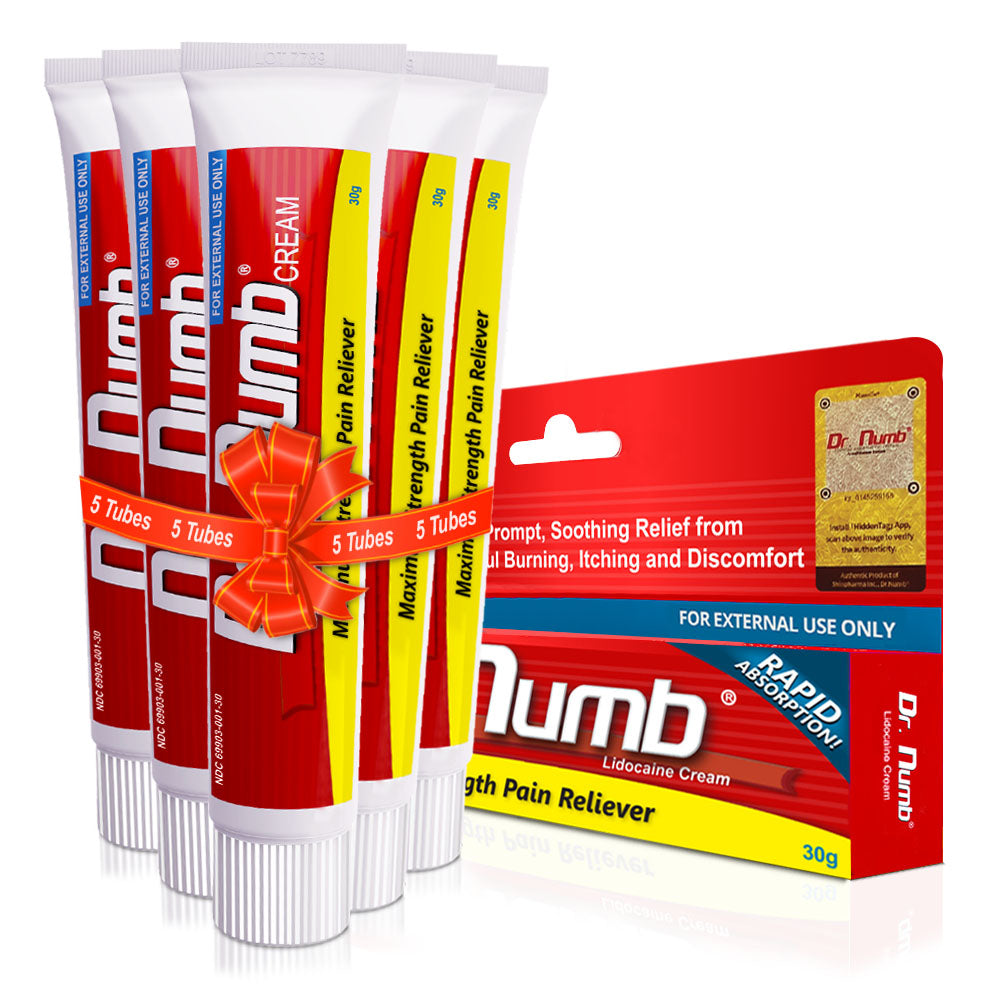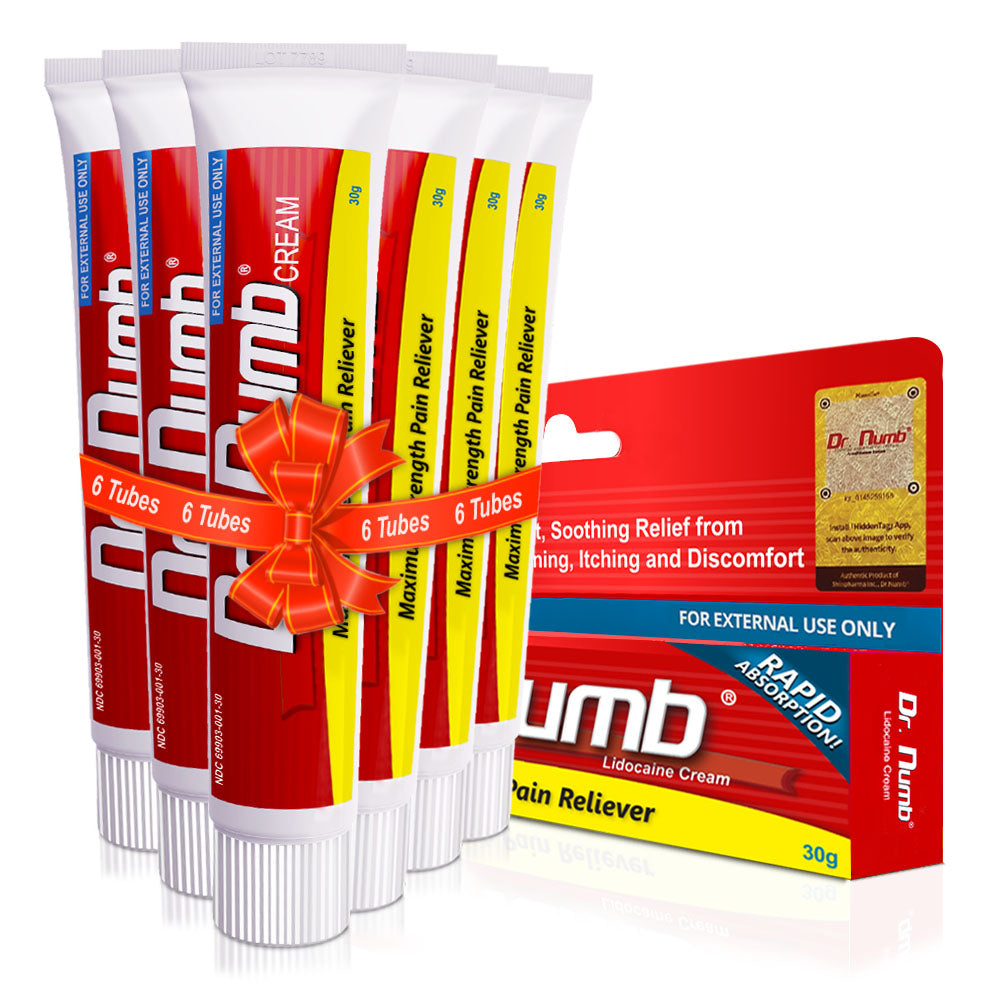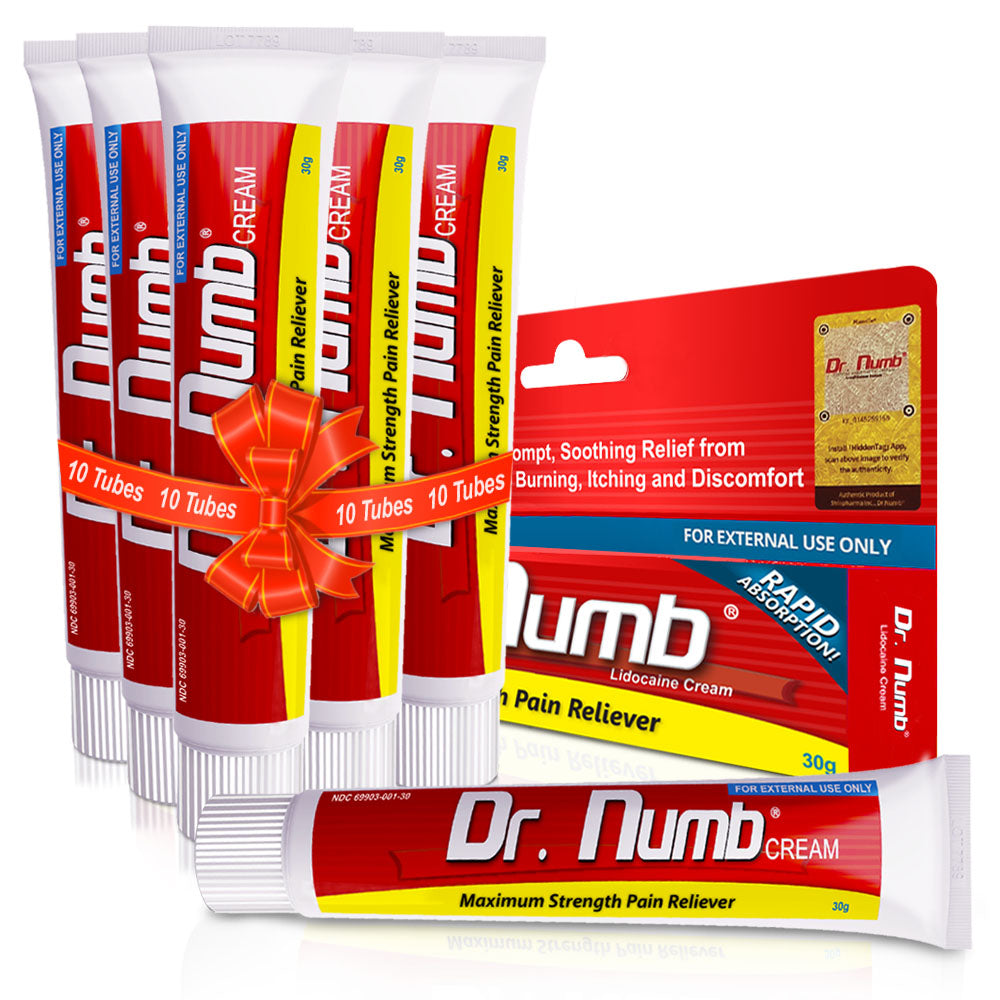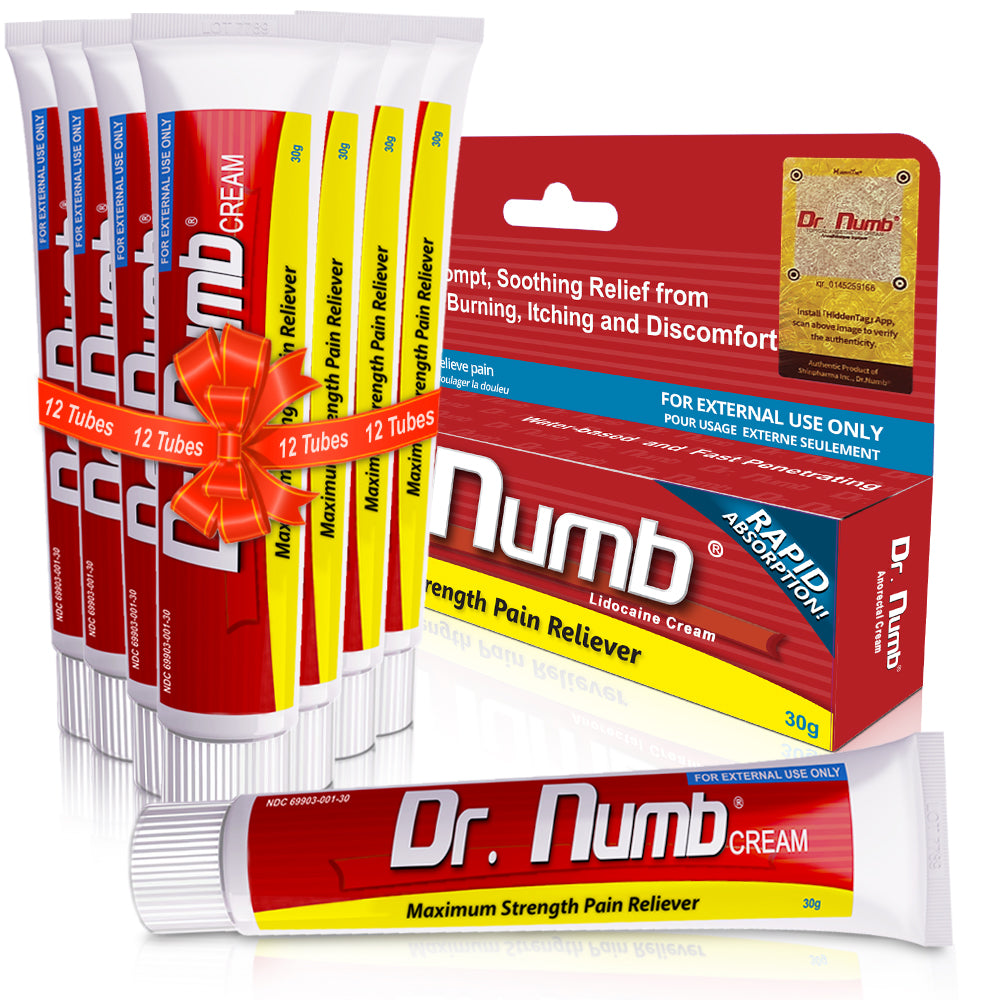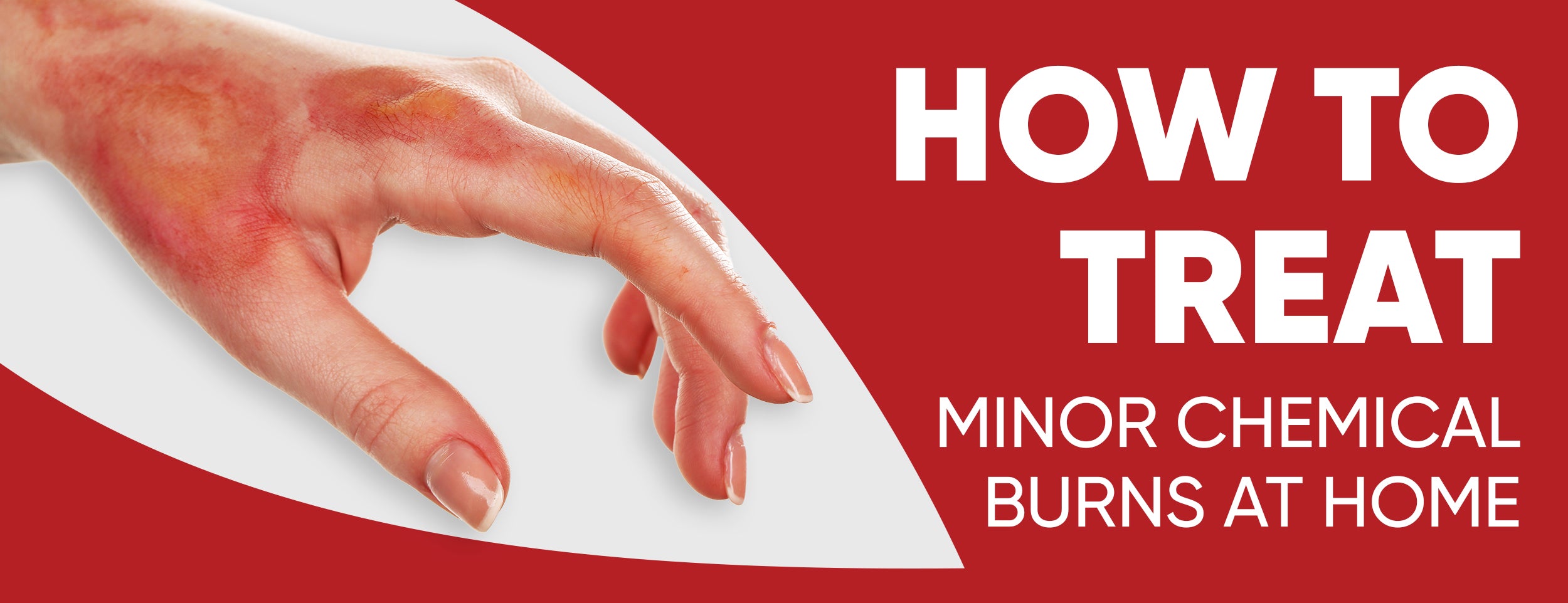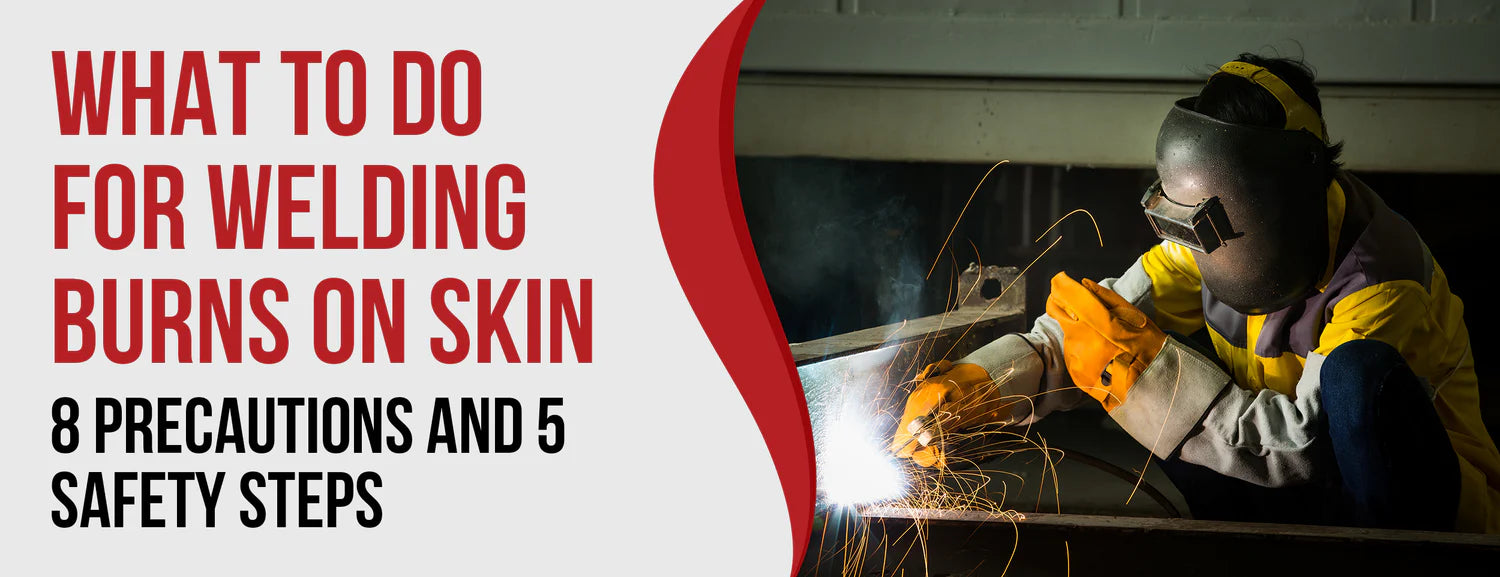In emergency medicine and trauma care, an accurate understanding of the extent of burn injuries is paramount for effective assessment and treatment. A valuable tool in this regard is the Rule of Nines, a method that allows healthcare professionals to estimate the total body surface area (TBSA) affected by burns. This estimation is critical in guiding fluid resuscitation, wound management, and overall patient care decisions.
This article will explore the optimal utilization of the Rule of Nines, including variations for adults, children, adults who are obese or weigh over 80kg, and infants weighing less than 10kg. Join us as we delve into the intricacies of this invaluable technique.
When And How To Use The Rule of Nines?

Before we explore how and when to apply the Rule of Nines, let's first clearly understand what it entails. Let's delve into the concept to gain a deeper comprehension.
What Is The Rule of Nines?
The Rule of Nines offers a rapid and dependable approach to estimating the extent of burns on the whole body surface area (TBSA). This tool accurately assesses burn injury severity and facilitates informed treatment decisions by dividing the body into specific regions, each corresponding to a percentage of the body surface area.
Applying The Rule of Nine
To use the Rule of Nines effectively, one must first identify the anatomical regions and their respective surface area percentages. Let's explain how to use it for different age groups and conditions:
Adults:
Anatomic Structure and Surface Area: The human body's anatomical structure and surface area are crucial in diverse medical and clinical contexts. A comprehensive understanding of these aspects facilitates accurate assessment and diagnosis of various health conditions.

Head:
- Anterior Head: Around 4.5% of an adult's total body surface area is occupied by the anterior region of their head.
- Posterior Head: Likewise, the posterior region of the head constitutes roughly 4.5% of the entire surface area.
Torso:
- Anterior Torso: The anterior torso takes up approximately 18% of an adult's body surface.
- Posterior Torso: The posterior region of the torso encompasses approximately 18% of the body's total surface area.
Legs:
- Each Anterior Leg: Each adult's anterior leg constitutes roughly 9% of its surface area.
- Each Posterior Leg: The back legs reflect this distribution, making up about 9% of the surface area.
Arms:

- Each Anterior Arm: The anterior arm region accounts for about 4.5% of an adult's surface area.
- Each Posterior Arm: Likewise, each region of the posterior arm contributes approximately 4.5% to the overall surface area.
Genitalia/Perineum:
The genitalia and perineum, together, make up just 1% of the adult's total surface area. Knowledge about the distinctive attributes of this region holds paramount importance in numerous medical examinations and procedures.
Children:
Anatomic Structure and Surface Area: In pediatric healthcare, it is important to consider that children, with their developing bodies, have different surface area distributions compared to adults. This distinction holds significance and should be taken into account.
Head:
- Anterior Head: In children, the anterior head region constitutes approximately 4.5% of their body surface area.
- Posterior Head: In the same vein, the posterior area of the head makes up approximately 4.5% of its total surface area.
Torso:
- Anterior Torso: Children have their front torso covering approximately 18% of their surface area.
- Posterior Torso: The posterior torso accounts for 18% of children's overall body surface area.

Legs:
- Each Anterior Leg: The anterior legs of a child make up approximately 4.5% of their total body surface area.
- Each Posterior Leg: In children, the distribution of the posterior legs also follows a similar pattern, comprising approximately 4.5% of the total body surface.
Arms:
- Each Anterior Arm: Each anterior arm area of a child accounts for approximately 6.5% of their total surface area.
- Each Posterior Arm: In children, each posterior arm region covers approximately 6.5% of the body's surface area.
Genitalia/Perineum:
The combined area of the genitalia and perineum constitutes only 1% of a child's total surface area. A profound comprehension of these regions is indispensable for pediatric medical examinations and optimal care.
Adults Obese & > 80kg:
Anatomic Structure and Surface Area: Obese adults weighing over 80 kg encounter distinct anatomical considerations influenced by their body size and weight.
Head and Neck:

In obese adults, the head and neck region comprises roughly 9% of their body surface area.
Torso:
- Anterior Torso: Approximately 25% of the surface area of adults lies in the anterior part of the torso.
- Posterior Torso: Likewise, the posterior part of the torso accounts for 25% of the overall surface area.
Limbs:
- Each Leg: In obese adults, each limb (legs) accounts for approximately 20% of their surface area. This observation highlights the proportional distribution of body mass across the limbs.
- Each Arm: The arms of these individuals comprise roughly 5% of their overall body surface area.
Genitalia/Perineum:
In adults with obesity weighing over 80 kg, the genitalia and perineum have minimal impact on the total surface area, contributing 0%.
Infants < 10kg:
Anatomic Structure and Surface Area: Infants, particularly those weighing less than 10 kg, possess unique anatomical characteristics and require careful consideration of their surface area.

Head and Neck:
The head and neck region in infants accounts for a substantial proportion, comprising about 20% of their body surface area.
Torso:
- Anterior Torso: In infants, the anterior portion of their torso accounts for approximately 16% of their body surface area.
- Posterior Torso: The posterior region also accounts for approximately 16% of the overall surface area.
Limbs:
- Each Leg: Approximately 16% of an infant's total surface area comprises each leg limb.
- Each Arm: The arms of infants make up roughly 8% of the surface area of their body.
Genitalia/Perineum:
The genitalia and perineum comprise only 1% of an infant's surface area. It is of utmost importance in pediatric healthcare for infants under 10 kg to pay meticulous attention to these areas.
When To Use The Rule of Nines?

The Rule of Nines is an indispensable tool for evaluating and managing burn injuries. It aids healthcare professionals in estimating the severity of burns and informing treatment strategies to ensure the best possible care for patients. Now, let's delve into when the Rule of Nines should be applied:
- Assessment: Nines are a fundamental tool for assessing burn injuries during the initial evaluation. It enables healthcare providers to rapidly determine the affected Total Body Surface Area (TBSA), a crucial factor for calculating fluid resuscitation.
- Treatment Planning: Once the TBSA is determined, healthcare professionals utilize this information to guide treatment decisions. Extensive burns may necessitate specialized care, such as surgical interventions or skin grafts.
- Monitoring Progress: Throughout the treatment process, the Rule of Nines becomes invaluable for monitoring the healing progress of burn wounds. This allows healthcare providers to adapt treatment plans according to the patient's needs.

Conclusion:
The Rule of Nines is a valuable tool in assessing burn injuries and is crucial in determining their extent across various age groups and conditions. It empowers healthcare providers to make well-informed decisions about patient care, ultimately leading to optimal outcomes.
By accurately utilizing the Rule of Nines in conjunction with clinical judgment, a holistic approach to managing burn injuries is enhanced. It is important to note that while this method provides a useful estimation, a comprehensive clinical assessment should always accompany it for the most precise evaluation and care.

